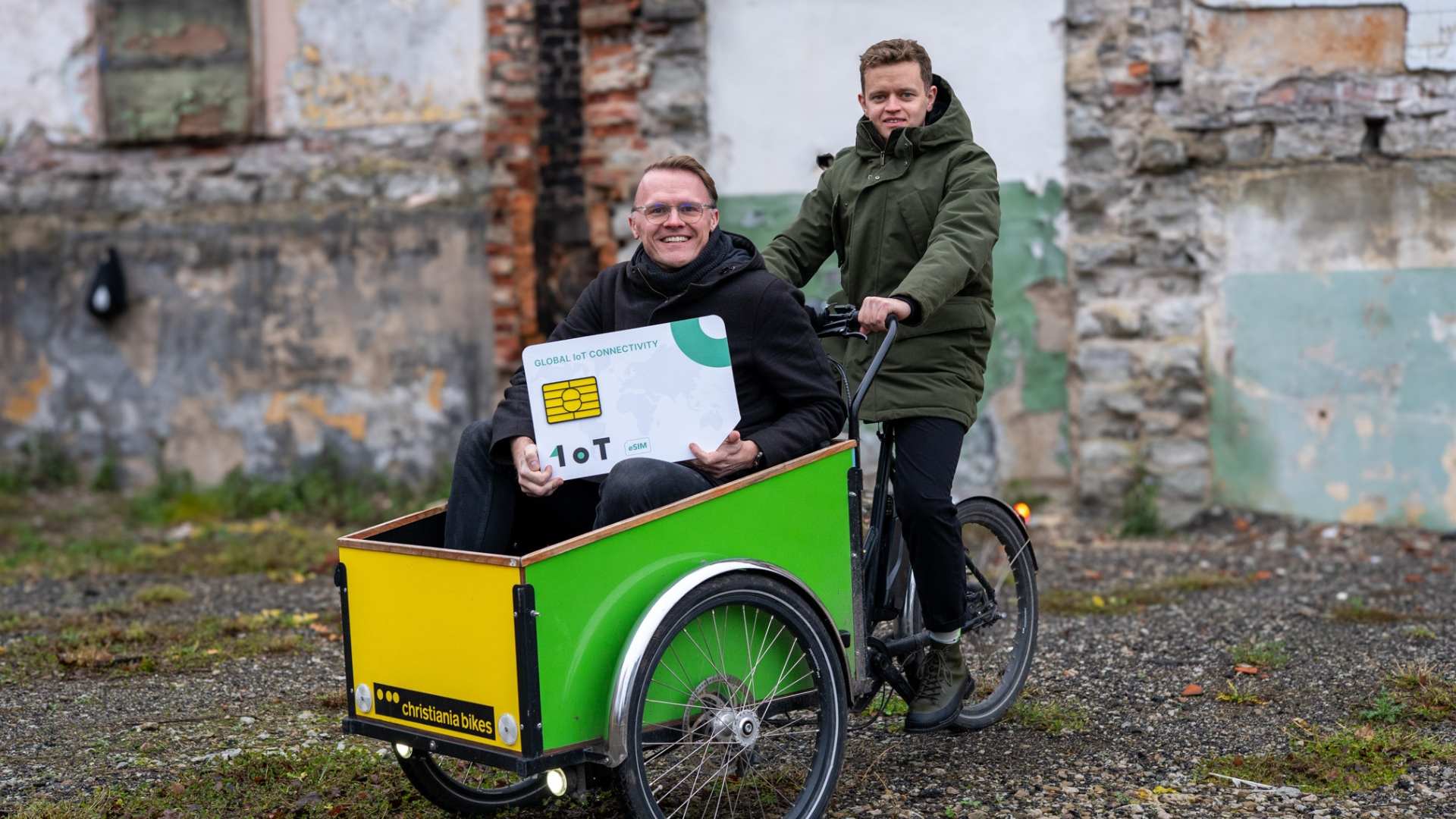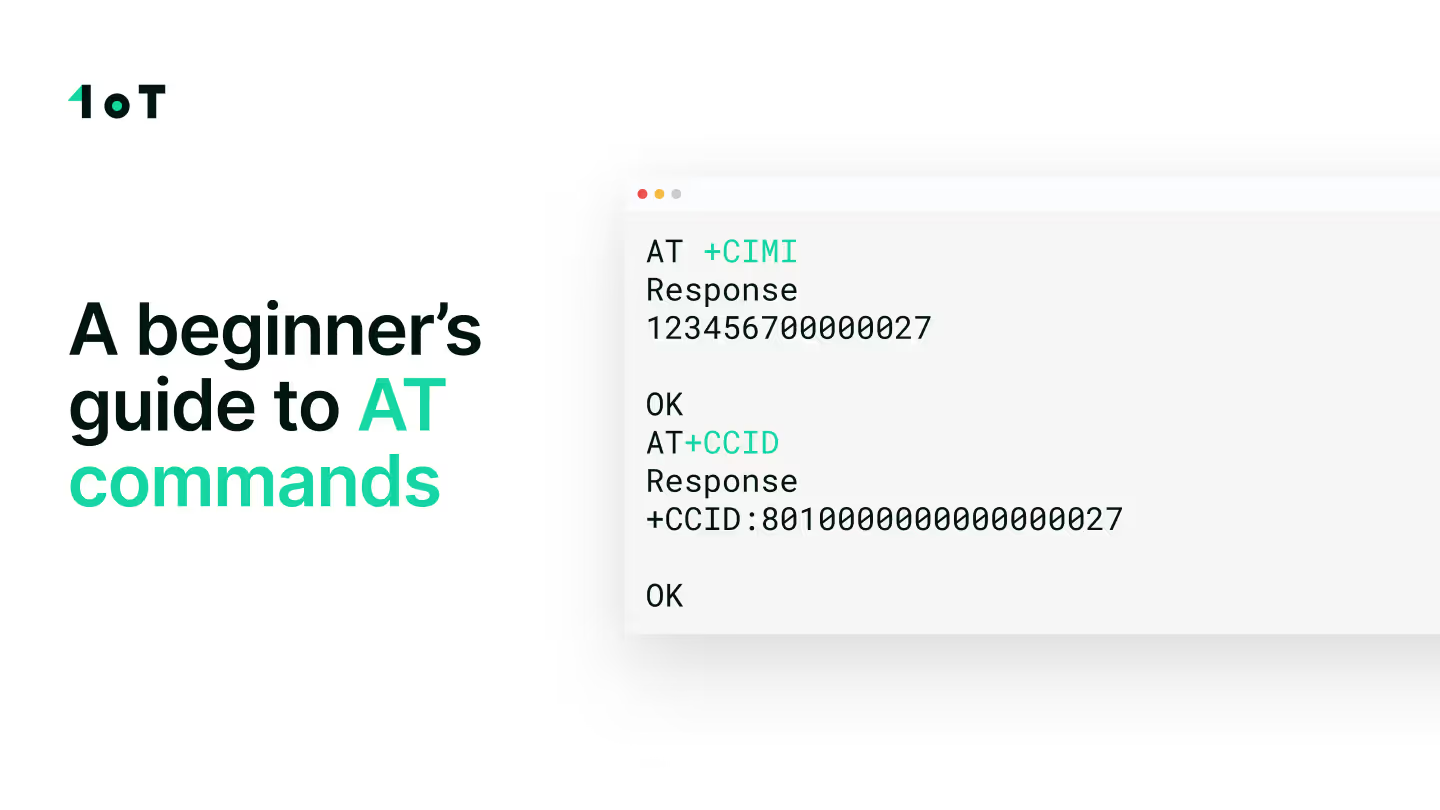How IoT Has Transformed Cities Around Us

Smart Cities, Transformed Cities, Enhanced Cities – whatever you want to call them, are here to stay. The word pair “Smart City” stands for the vision of improving city living through technology and Internet of Things (IoT) in particular. More broadly speaking, it can be taken as a symbol for fighting against urbanisation and pollution, while making urban living more efficient, environmentally friendly and valuable. Here is a list of trending smart city solutions that cities are looking at or are already benefitting from.
We have been reading stories about countless IoT devices and services that are benefiting people in a wide variety of ways, such as helping deliver parcels via autonomous drones or robots, detecting and pinpointing the location of gunshots to help fight crime, using facial recognition as a credit card, automatically request maintenance for some soon-to-be-broken city assets, sensing people’s health without visiting a doctor, and cars that drop you off and find parking spots themselves. Yet, when asked which smart city measures have actually been implemented and how today’s technology has helped us make our current urban life more efficient, most will not have a clue.
Rising security with IoT:
Probably the most noticeable Smart City trend is the implementation of security cameras in densely populated public spaces. As you have guessed, there is a negative correlation between cameras and crime, which saves cities a lot of money at the end of the day. For example, the crimes prevented in Humboldt Park, Chicago saved the city $4.30 for every dollar spent on the surveillance system. With current developments in artificial intelligence and face recognition systems, 1oT is expecting to see security cameras in public space get even smarter, so if a criminal offence occurs, police get notified automatically.
Saving energy and money with IoT:
Another measure that local governments implement is the installation of intelligent street lights. These lights save money by dimming themselves automatically when no one is using the street and use more efficient LED lights, which emit more light while consuming less energy. Street lights can be made intelligent by placing sensors or cameras on them. What makes them even smarter is that these devices can sense what kind of objects are on the street and cast light accordingly (more for pedestrians, less for cars and even less for big trucks). These lights give reliable information about street usage for the cities and local governments.
Another environmentally hot topic is urban waste management. The average American generates 2kg of trash per day. Traditionally, garbage trucks empty garbage bins without checking if they were 20% or 100% full. This wastes time, fuel, adds more traffic to the streets. All in all, it increases the ecological footprint. In recent years, more and more cites have set up smart waste management solutions by adding fill-level sensors to their trash cans. These sensors send info to the central system, which automatically generates routes to waste collectors and tells them which bins need to be emptied and which do not.
While saving money and environment, these systems also give a direct big data analytics input to city councils on people’s behaviour, while helping to plan their next developments and upgrades to existing infrastructure or maintenance work.
Making life easier and faster with IoT:
Sensors are great tools for cities to learn from our urban behaviour without compromising on privacy. One of the most popular smart city projects is smart parking. More and more downtown streets get filled with sensors that help people find available parking spaces via smartphones, reducing the time looking for parking and possibility of initiating a traffic jam. Smart parking solutions also make paying for parking faster or even totally automate it. In turn, it gives valuable data input for the cities on parking demand and traffic flow. For example, the Westminster area in London is filled with parking sensors and an app directs drivers to empty spaces.
Special cases and new developments:
Previously listed measures and systems are implemented in many cities across the globe. However, there have been many city specific cases when implementing smart city solutions. One of these solutions is Street Bump. Many cities struggle with bad road conditions and even if there are means to fix them, it takes a long time for the authorities to locate all potholes and bad parts of the road. Boston’s solution is an app that lets volunteers collect road data while they’re driving and every time a car hits a pothole or street bump, it gets detected by phone’s sensors and is sent directly to the city government.
Augmented reality. Something that is constantly talked about in the recent years, has made its way into our cities. Fort Lauderdale in Florida has implemented augmented reality into their city: once tourists download the GoLauderdale app and point their phone towards a landmark, it will automatically give them info about it. Google is also working on augmented reality for city space and is going to implement it via Google Lens soon, as they announced at Google I/O 2017.
Smart traffic lights. The city of Barcelona has installed smart traffic lights that transmit real time data and regulate traffic flow accordingly. This data is also forwarded to city buses, which can reroute in order to stay on schedule. Furthermore, in case of emergencies, traffic lights will turn green for emergency services. This is one of the greatest deployment of Smart City solutions as every second matters for emergency services.
Smart Street projects. As making a city “smart” takes a lot of time and finances, it’s logical to start with smaller projects. One example would be Kalaranna SmartStreet in Tallinn, Estonia. This street is filled with sensors that people can check in real time: how many cars and pedestrians used the street in the last hour, what’s the average noise level on the street, what’s the temperature on the street, how full are the trashcans, how much light falls on the street at given moment and how much do the new streetlights save money opposed to other streetlights in the city. Hopefully, pilot projects like this turn out successful and these new systems will be used on a broader scale.
How Smart City devices connect to the internet:
When looking at a more technical level we see that most of the innovative IoT Smary City systems rely on good old cellular connectivity. It is available anywhere in populated areas, which makes it a reliable option for outdoor use. As current 2G and 3G networks are gradually taken out of service to be replaced by their successor LTE, 1oT team is advising companies to use LTE cellular chips in their devices. Read more about cellular connectivity for IoT here.
Looking ahead, we see that the future of connecting Smart City IoT devices will be NarrowBand IoT, which is designed for Internet of Things devices that use really small amounts of data. Current cellular networks are not that well optimised for applications that only transmit small amounts of infrequent data and the existing cellular standards do not support power saving capabilities. You can read more about NB IoT here.
How 1oT helps to boost Smart City solutions:
As the popularity of Smart City devices enhances, the need for device management grows greater. Cities and IoT device makes do not solely wish to connect their sensors and devices to the internet, but need to automatically and continuously control and monitor them. This is where 1oT comes into play. With our hassle-free SIM management platform, called 1oT Terminal, you get to control your SIMs real time, set up notifications and trigger actions when something goes south, and integrate all functionalities to your own systems and applications.
A sneak peek into our 1oT Terminal is found here. In case of any question, please feel free to contact us at hello[at]1oT.mobi. We would be happy to help!





.png)









.avif)















.avif)























































